-
EXECUTIVE SUMMARY
-
MARKET INTRODUCTION
-
Definition
-
Scope of the Study
- Research
- Assumptions
- Limitations
-
Objective
-
3.
-
RESEARCH METHODOLOGY
-
Overview
-
Data Mining
-
Secondary Research
-
Primary Research
- Primary
- Breakdown of Primary
-
Interviews and Information Gathering Process
-
Respondents
-
Forecasting Model
-
Market Size Estimation
- Bottom-Up Approach
- Top-Down Approach
-
3.7.
-
Data Triangulation
-
Validation
-
MARKET DYNAMICS
-
Overview
-
Drivers
-
Restraints
-
4.4.
-
Opportunities
-
MARKET FACTOR ANALYSIS
-
Value Chain Analysis
-
Porter’s Five Forces Analysis
- Bargaining Power
- Bargaining Power of Buyers
- Threat
- Threat of Substitutes
- Intensity
-
of Suppliers
-
of New Entrants
-
of Rivalry
-
COVID-19 Impact Analysis
- Market Impact
- Regional Impact
- Opportunity and Threat
-
Analysis
-
Analysis
-
GLOBAL FORMALDEHYDE MARKET, BY DERIVATIVES
-
6.1.
-
Overview
-
Urea Formaldehyde (UF)
-
Phenol Formaldehyde
-
(PF)
-
Melamine formaldehyde (MF)
-
Polyacetal Resins
-
Pentaerythritol
-
1,4 Butanediol
-
Methylenebis
-
Hexamethylenetetramine (HMTA)
-
Others
-
7.
-
GLOBAL FORMALDEHYDE MARKET, BY END-USE
-
Overview
-
7.2.
-
Building & Construction
-
Automotive
-
Furniture
-
Textile
-
Healthcare
-
Oil & Gas
-
Agriculture
-
Water Treatment
-
Cleaning
-
Products
-
HVAC
-
Others
-
GLOBAL FORMALDEHYDE
-
MARKET, BY REGION
-
Overview
-
North America
- US
- Canada
-
Europe
- Germany
- France
- UK
- Italy
- Rest of Europe
-
8.2.5.
-
Spain
-
Asia-Pacific
- India
- Japan
- South Korea
- Australia
- Rest of Asia-Pacific
- Middle East
- Africa
- Latin America
-
8.3.1.
-
China
-
8.4.
-
Rest of the World
-
COMPETITIVE LANDSCAPE
-
Overview
-
Competitive Analysis
-
Market Share Analysis
-
Major Growth Strategy in the Global Formaldehyde Market,
-
9.5.
-
Competitive Benchmarking
-
Leading Players in Terms of Number of Developments
-
in the Global Formaldehyde Market,
-
Key developments and Growth Strategies
- New Product Launch/Service Deployment
- Merger &
- Joint Ventures
-
Acquisitions
-
Major Players Financial
- Sales & Operating Income, 2022
- Major
-
Matrix
-
Players R&D Expenditure. 2022
-
COMPANY PROFILES
-
10.1.
-
FOREMARK PERFORMANCE CHEMICALS.
-
10.1.2.
-
Financial Overview
-
10.2.
-
Hexion.
-
10.2.5.
-
SWOT Analysis
-
Chemicals
-
10.3.5.
-
SWOT Analysis
-
10.4.5.
-
SWOT Analysis
-
10.5.3.
-
Products Offered
-
10.6.3.
-
Products Offered
-
10.7.1.
-
Company Overview
-
Offered
-
Overview
-
10.8.6.
-
Key Strategies
-
Strategies
-
10.10.4.
-
Key Developments
-
10.11.2.
-
Financial Overview
-
Developments
-
10.12.4.
-
Key Developments
-
Company Overview
-
Products Offered
-
Key Developments
-
SWOT Analysis
-
Key Strategies
-
Company Overview
-
Financial Overview
-
Products Offered
-
Key Developments
-
Key Strategies
-
Georgia-Pacific
- Company Overview
- Financial Overview
- Products Offered
- Key Developments
- Key Strategies
-
Celanese Corporation
- Company Overview
- Financial Overview
- Products Offered
- Key Developments
- Key Strategies
-
BASF SE
- Company Overview
- Financial Overview
- Key Developments
- SWOT Analysis
- Key Strategies
-
Capital Resin Corporation
- Company Overview
- Financial Overview
- Key Developments
- SWOT Analysis
- Key Strategies
-
Evonik Industries AG
- Financial Overview
- Products
- Key Developments
- SWOT Analysis
- Key Strategies
-
DuPont
- Company
- Financial Overview
- Products Offered
- Key Developments
- SWOT Analysis
-
Alfa Aesar
- Company Overview
- Financial Overview
- Products Offered
- Key Developments
- SWOT Analysis
- Key
-
Ashland
- Company Overview
- Financial Overview
- Products Offered
- SWOT Analysis
- Key Strategies
-
Perstorp
- Company Overview
- Products Offered
- Key
- SWOT Analysis
- Key Strategies
-
LRBG Chemicals Inc
- Company Overview
- Financial Overview
- Products Offered
- SWOT Analysis
- Key Strategies
-
APPENDIX
-
References
-
Related Reports
-
-
LIST OF TABLES
-
GLOBAL FORMALDEHYDE
-
MARKET, SYNOPSIS, 2025-2034
-
GLOBAL FORMALDEHYDE MARKET, ESTIMATES
-
& FORECAST, 2025-2034 (USD BILLION)
-
GLOBAL FORMALDEHYDE MARKET,
-
BY DERIVATIVES, 2025-2034 (USD BILLION)
-
GLOBAL FORMALDEHYDE MARKET,
-
BY END-USE, 2025-2034 (USD BILLION)
-
NORTH AMERICA: FORMALDEHYDE
-
MARKET, BY DERIVATIVES, 2025-2034 (USD BILLION)
-
NORTH AMERICA:
-
FORMALDEHYDE MARKET, BY END-USE, 2025-2034 (USD BILLION)
-
US:
-
FORMALDEHYDE MARKET, BY DERIVATIVES, 2025-2034 (USD BILLION)
-
TABLE 8
-
US: FORMALDEHYDE MARKET, BY END-USE, 2025-2034 (USD BILLION)
-
TABLE 9
-
CANADA: FORMALDEHYDE MARKET, BY DERIVATIVES, 2025-2034 (USD BILLION)
-
TABLE
-
CANADA: FORMALDEHYDE MARKET, BY END-USE, 2025-2034 (USD BILLION)
-
TABLE
-
EUROPE: FORMALDEHYDE MARKET, BY DERIVATIVES, 2025-2034 (USD BILLION)
-
EUROPE: FORMALDEHYDE MARKET, BY END-USE, 2025-2034 (USD BILLION)
-
GERMANY: FORMALDEHYDE MARKET, BY DERIVATIVES, 2025-2034 (USD BILLION)
-
GERMANY: FORMALDEHYDE MARKET, BY END-USE, 2025-2034 (USD BILLION)
-
FRANCE: FORMALDEHYDE MARKET, BY DERIVATIVES, 2025-2034 (USD BILLION)
-
FRANCE: FORMALDEHYDE MARKET, BY END-USE, 2025-2034 (USD BILLION)
-
ITALY: FORMALDEHYDE MARKET, BY DERIVATIVES, 2025-2034 (USD BILLION)
-
ITALY: FORMALDEHYDE MARKET, BY END-USE, 2025-2034 (USD BILLION)
-
SPAIN: FORMALDEHYDE MARKET, BY DERIVATIVES, 2025-2034 (USD BILLION)
-
SPAIN: FORMALDEHYDE MARKET, BY END-USE, 2025-2034 (USD BILLION)
-
UK: FORMALDEHYDE MARKET, BY DERIVATIVES, 2025-2034 (USD BILLION)
-
UK: FORMALDEHYDE MARKET, BY END-USE, 2025-2034 (USD BILLION)
-
REST OF EUROPE: FORMALDEHYDE MARKET, BY DERIVATIVES, 2025-2034
-
(USD BILLION)
-
REST OF EUROPE: FORMALDEHYDE MARKET, BY END-USE,
-
ASIA-PACIFIC: FORMALDEHYDE MARKET, BY
-
DERIVATIVES, 2025-2034 (USD BILLION)
-
ASIA-PACIFIC: FORMALDEHYDE
-
MARKET, BY END-USE, 2025-2034 (USD BILLION)
-
JAPAN: FORMALDEHYDE
-
MARKET, BY DERIVATIVES, 2025-2034 (USD BILLION)
-
JAPAN: FORMALDEHYDE
-
MARKET, BY END-USE, 2025-2034 (USD BILLION)
-
CHINA: FORMALDEHYDE
-
MARKET, BY DERIVATIVES, 2025-2034 (USD BILLION)
-
CHINA: FORMALDEHYDE
-
MARKET, BY END-USE, 2025-2034 (USD BILLION)
-
INDIA: FORMALDEHYDE
-
MARKET, BY DERIVATIVES, 2025-2034 (USD BILLION)
-
INDIA: FORMALDEHYDE
-
MARKET, BY END-USE, 2025-2034 (USD BILLION)
-
AUSTRALIA: FORMALDEHYDE
-
MARKET, BY DERIVATIVES, 2025-2034 (USD BILLION)
-
AUSTRALIA: FORMALDEHYDE
-
MARKET, BY END-USE, 2025-2034 (USD BILLION)
-
SOUTH KOREA: FORMALDEHYDE
-
MARKET, BY DERIVATIVES, 2025-2034 (USD BILLION)
-
SOUTH KOREA:
-
FORMALDEHYDE MARKET, BY END-USE, 2025-2034 (USD BILLION)
-
REST
-
OF ASIA-PACIFIC: FORMALDEHYDE MARKET, BY DERIVATIVES, 2025-2034 (USD BILLION)
-
REST OF ASIA-PACIFIC: FORMALDEHYDE MARKET, BY END-USE, 2025-2034
-
(USD BILLION)
-
REST OF THE WORLD: FORMALDEHYDE MARKET, BY DERIVATIVES,
-
REST OF THE WORLD: FORMALDEHYDE MARKET,
-
BY END-USE, 2025-2034 (USD BILLION)
-
MIDDLE EAST: FORMALDEHYDE
-
MARKET, BY DERIVATIVES, 2025-2034 (USD BILLION)
-
MIDDLE EAST:
-
FORMALDEHYDE MARKET, BY END-USE, 2025-2034 (USD BILLION)
-
AFRICA:
-
FORMALDEHYDE MARKET, BY DERIVATIVES, 2025-2034 (USD BILLION)
-
TABLE 44
-
AFRICA: FORMALDEHYDE MARKET, BY END-USE, 2025-2034 (USD BILLION)
-
TABLE
-
LATIN AMERICA: FORMALDEHYDE MARKET, BY DERIVATIVES, 2025-2034 (USD BILLION)
-
LATIN AMERICA: FORMALDEHYDE MARKET, BY END-USE, 2025-2034 (USD
-
BILLION)
-
LIST OF FIGURES
-
RESEARCH PROCESS
-
MARKET STRUCTURE FOR THE GLOBAL FORMALDEHYDE MARKET
-
FIGURE
-
MARKET DYNAMICS FOR THE GLOBAL FORMALDEHYDE MARKET
-
GLOBAL
-
FORMALDEHYDE MARKET, SHARE (%), BY DERIVATIVES, 2022
-
GLOBAL
-
FORMALDEHYDE MARKET, SHARE (%), BY END-USE, 2022
-
GLOBAL FORMALDEHYDE
-
MARKET, SHARE (%), BY REGION, 2022
-
NORTH AMERICA: FORMALDEHYDE
-
MARKET, SHARE (%), BY REGION, 2022
-
EUROPE: FORMALDEHYDE MARKET,
-
SHARE (%), BY REGION, 2022
-
ASIA-PACIFIC: FORMALDEHYDE MARKET,
-
SHARE (%), BY REGION, 2022
-
REST OF THE WORLD: FORMALDEHYDE
-
MARKET, SHARE (%), BY REGION, 2022
-
GLOBAL FORMALDEHYDE MARKET:
-
COMPANY SHARE ANALYSIS, 2022 (%)
-
FOREMARK PERFORMANCE CHEMICALS:
-
FINANCIAL OVERVIEW SNAPSHOT
-
FOREMARK PERFORMANCE CHEMICALS:
-
SWOT ANALYSIS
-
HEXION.: FINANCIAL OVERVIEW SNAPSHOT
-
HEXION.: SWOT ANALYSIS
-
GEORGIA-PACIFIC CHEMICALS:
-
FINANCIAL OVERVIEW SNAPSHOT
-
GEORGIA-PACIFIC CHEMICALS: SWOT
-
ANALYSIS
-
CELANESE CORPORATION: FINANCIAL OVERVIEW SNAPSHOT
-
CELANESE CORPORATION: SWOT ANALYSIS
-
BASF
-
SE: FINANCIAL OVERVIEW SNAPSHOT
-
BASF SE.: SWOT ANALYSIS
-
CAPITAL RESIN CORPORATION: FINANCIAL OVERVIEW SNAPSHOT
-
CAPITAL RESIN CORPORATION: SWOT ANALYSIS
-
EVONIK
-
INDUSTRIES AG: FINANCIAL OVERVIEW SNAPSHOT
-
EVONIK INDUSTRIES
-
AG: SWOT ANALYSIS
-
DUPONT: FINANCIAL OVERVIEW SNAPSHOT
-
DUPONT: SWOT ANALYSIS
-
ALFA AESAR: FINANCIAL OVERVIEW
-
SNAPSHOT
-
ALFA AESAR: SWOT ANALYSIS
-
ASHLAND:
-
FINANCIAL OVERVIEW SNAPSHOT
-
ASHLAND: SWOT ANALYSIS
-
PERSTORP: FINANCIAL OVERVIEW SNAPSHOT
-
PERSTORP:
-
SWOT ANALYSIS
-
LRBG CHEMICALS INC: FINANCIAL OVERVIEW SNAPSHOT
-
LRBG CHEMICALS INC: SWOT ANALYSIS
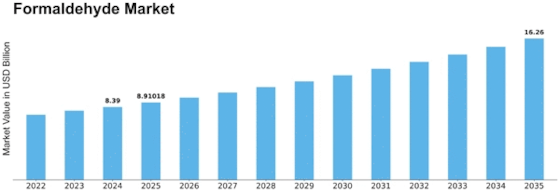

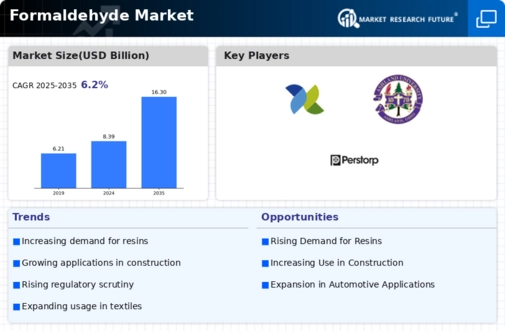

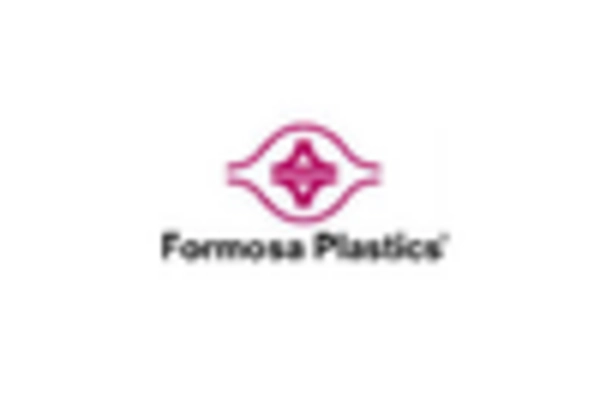
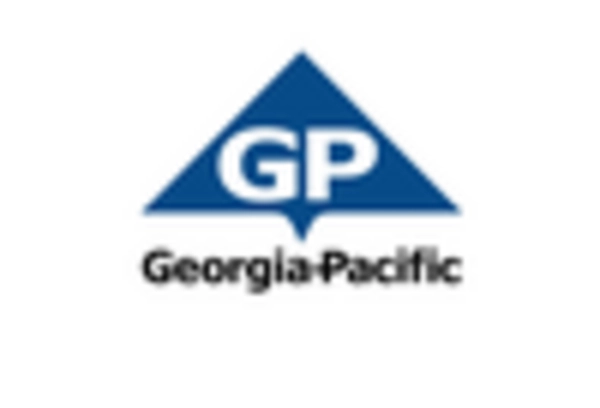


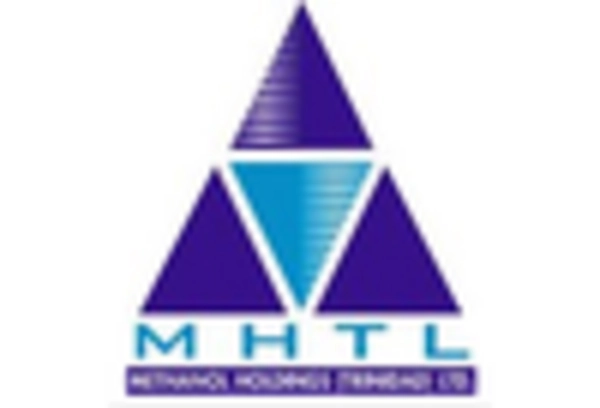

Leave a Comment